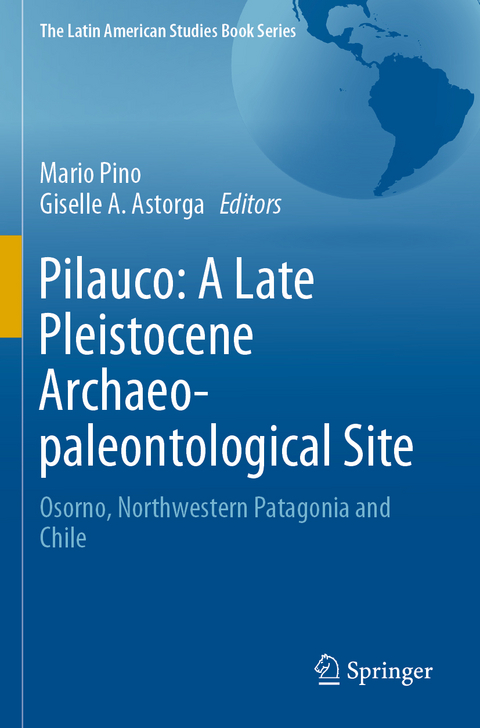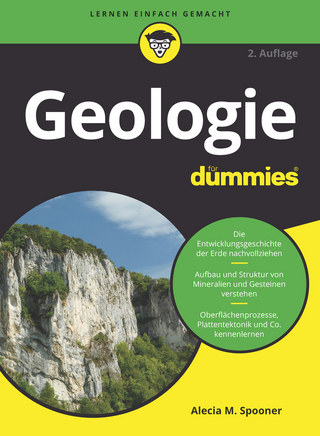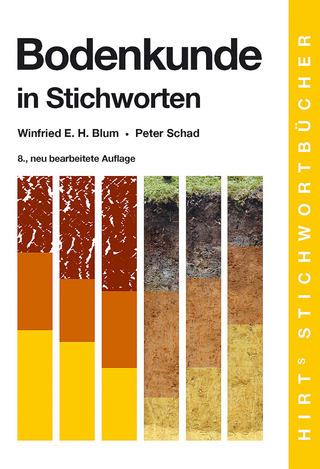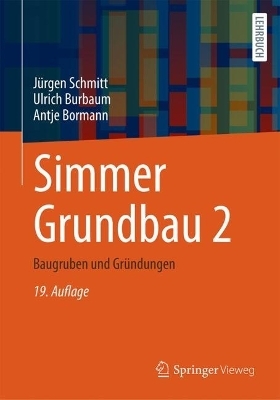
Pilauco: A Late Pleistocene Archaeo-paleontological Site
Springer International Publishing (Verlag)
978-3-030-23920-6 (ISBN)
This volume combines 10 years of accomplished research at the Pilauco site. The studies are focused on a variety of scientific areas including geological, sedimentological, geomorphological and paleobotanical topics, as well as paleontology of vertebrata and invertebrata, micropaleontology, archaeology, biochemistry, taxonomy, taphonomy, astrophysics and the development of some particular touristic aspects. In 18 chapters a variety of authors describe the excavation and investigation of this unique location.
The book presents Pilauco as an example for the natural laboratory which can be found in South America, a testing ground for many of the hypotheses regarding migrations of animals and humans. In this context the study of topics, such as the paleozoography, the role of megafauna species for the architecture of the forests, the animal extinctions or the early human settlements, is extremely important on a global scale.The Pilauco site features paleontological and archaeological evidences and is contemporaneous with the Monte Verde site (~ 15,000 cal. yr AP). It is located 100 km north from Monte Verde and lies within the Intermediate Depression in northwestern Chilean Patagonia. It was discovered by chance in 1986 and has been excavated and investigated since 2007.
Mario Pino was born in 1952. He studied geology at the University of Chile, Santiago de Chile, between 1970 and 1975. He joined the Universidad Austral de Chile (UACh) in 1977. He obtained Dr.rer. nat. Degree at the Westfälische Wilhelms-Universität Münster in 1987. He has been a Full Professor since 1997. His main research issue is geoarchaeology, and he has worked as a geologist in sites in Peru, Brazil and Chile, including Quereo, Monte Verde and Pilauco. He has held various academic management positions like Department Chairman and Dean of the Sciences Faculty. Since 2016 is a corresponding member in the Academy of Sciences of Chile He currently teaches General Geology, Sedimentary Petrology, Pleistocene, Holocene, Anthropocene? and Sedimentology.
Dr. Giselle Astorga is a keen palaeobotanist and scientific Chilean explorer. She did her honors thesis at Universidad Austral de Chile (UACh) working with plant macrofossils from an Eemian interglacial deposit in south-central Chile. During her Ph.D. in Tasmania-Australia, Dr. Astorga developed a deep interest on studying plant macrofossils assemblages to assist Lateglacial - Holocene vegetation reconstructions in southern latitudes. She is currently a postdoctoral research fellow at Instituto Ciencias de la Tierra (UACh) working with leaf-cuticles to complement pollen investigations in southern Chile. Since 2016 she has been active research collaborator at Pilauco, guest lecturer of the Master of Palaeontology program at Universidad Austral de Chile and recently appointed accredited Associated Professor of the program.
Chapter 1. Pilauco and Los Notros Sites Research: a Narration of Human and Scientific Events.- Chapter 2. From Gondwana to the Great American Biotic Interchange: The birth of South American Fauna.- Chapter 3. Geology, stratigraphy, and chronology of the Pilauco site.- Chapter 4. The proboscidean gomphotheres (Mammalia, Gomphotheriidae) from southernmost South America.- Chapter 5. The camelids (Artiodactyla: Camelidae) and equids (Perissodactyla: Equidae) from the Pilauco site, northwestern Chilean Patagonia.- Chapter 6. Sporormiella fungal spores as a proxy for megaherbivore abundance and decline at Pilauco.- Chapter 7. Micromammals (Mammal: Rodentia) from Pilauco: identification and environmental considerations.- Chapter 8. Taphonomy of the Pilauco Site, Northwestern Chilean Patagonia.- Chapter 9. Vegetation-climate-megafauna interactions during the Lateglacial in Pilauco site, northwestern Patagonia.- Chapter 10. Diatoms: Microalgae from Pilauco.- Chapter 11. Phytolith analysis from coprolites of Pilauco.- Chapter 12. Fossil Coleoptera from the Pilauco site: an approach to late Pleistocene microenvironments.- Chapter 13. Coprolites as proxies for paleoparasitology at Pilauco.- Chapter 14. The site Los Notros: geology and first taxonomic descriptions.- Chapter 15. Evidence from Pilauco suggests a catastrophic cosmic impact occurred near the site 12,800 years ago.- Chapter 16. The cultural materials from Pilauco and Los Notros sites.- Chapter 17. Planning and managing a palaeontological tourism destination: the case of Pilauco, Osorno, Chile.- Chapter 18. The Pilauco and los Notros sites: A final discussion.
| Erscheinungsdatum | 17.08.2020 |
|---|---|
| Reihe/Serie | The Latin American Studies Book Series |
| Zusatzinfo | X, 343 p. 168 illus., 138 illus. in color. |
| Verlagsort | Cham |
| Sprache | englisch |
| Maße | 155 x 235 mm |
| Gewicht | 545 g |
| Themenwelt | Geisteswissenschaften ► Archäologie |
| Naturwissenschaften ► Geowissenschaften ► Geologie | |
| Naturwissenschaften ► Geowissenschaften ► Mineralogie / Paläontologie | |
| Schlagworte | Chilean Northern Patagonia • Late Pleiostene Paleontological Site • Los Notros • Natural Laboratory • Paleozoography • Pilauco Bajo • Settlement in the Americas • South American Fauna |
| ISBN-10 | 3-030-23920-9 / 3030239209 |
| ISBN-13 | 978-3-030-23920-6 / 9783030239206 |
| Zustand | Neuware |
| Informationen gemäß Produktsicherheitsverordnung (GPSR) | |
| Haben Sie eine Frage zum Produkt? |
aus dem Bereich


